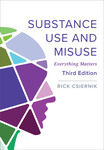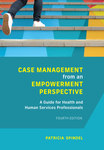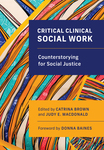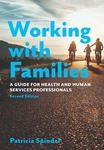We don’t actively support Internet Explorer
It appears that you are using Internet Explorer, which has been discontinued by Microsoft. Support has ended for versions older than 11, and as a result you may face security issues and other problems when using it.
We recommend upgrading to a newer browser such as Firefox, Google Chrome, or Edge for a much better experience across the web.
While this site may work with Explorer, we are not testing and verifying it, so you may run into some trouble or strange looking things.

Subjects
Social WorkAugust 2021
Print ISBN: 9781773382463
Overview
Experienced community organizer and professor Patricia Spindel provides a practical guide for producing change through community action and social activism in the updated second edition of Changing Communities. Spindel explores who has power in society and how communities can mobilize to create positive change by building capacity, developing community structures, and taking direct action to shift power relations.
Outlining a practical approach to asset mapping, creating community economic development strategies, and critiquing some current approaches to community development, the chapters cover topics including the impact of corruption and the influence of powerful interests, community strengths and needs assessment, community-based research, various community development strategies, and the principles and some of the tactics used in community organization. Equipped with case studies and practical examples, this fundamental guide is an essential resource for students in community development, social service work, gerontology, and other human services and helping professions.
FEATURES
- includes a community strengths-based assessment framework developed by the author, referred to as the Strengths, Assets, Challenges, and Opportunities Assessment (SACO)
- offers case studies and practical examples from Canada and the United States
- provides students with practical knowledge on how to build powerful coalitions, raise funds for grassroots projects, and deal with the press and social media, including how to write a press release
Table of Contents
Chapter 1: Why Be an Agent of Change?
Chapter 2: Community Development, Engagement, Organization, Capacity-Building Defined
Chapter 3: Who Holds the Reins of Power?
Chapter 4: Community Strengths, Needs Assessment, and Research
Chapter 5: How to Do Community Development
Chapter 6: Principles and Strategies of Community Organization
Chapter 7: Building Powerful Coalitions
Chapter 8: Fundraising for Community Action
Chapter 9: Managing the Message
Chapter 10: Being the Change: Qualities of a Successful Organizer
Index







